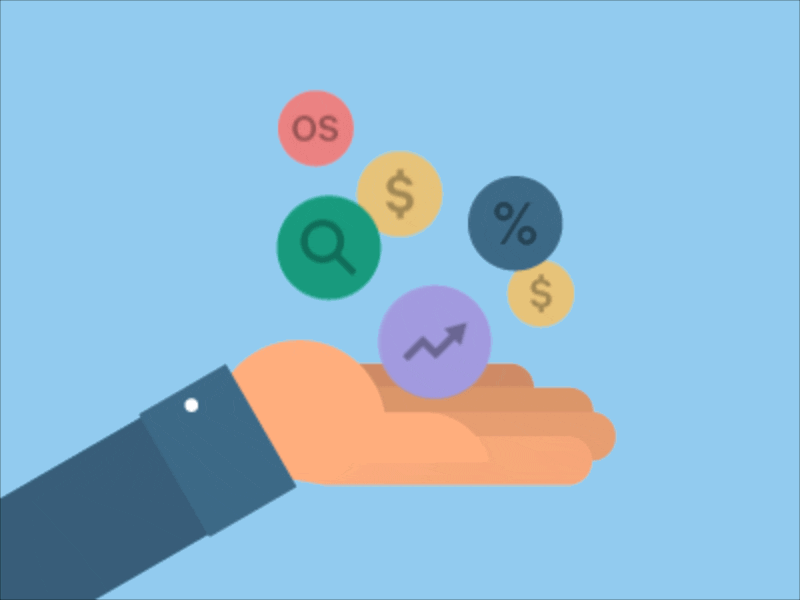Credit — Sean Connolly
Decentralized Finance, popularly known as DeFi, is transforming the way we think about money and financial services. It’s a world where financial transactions are not just exclusive to banks or traditional institutions but open to anyone with an internet connection. Imagine being able to lend, borrow, or trade without filling out a ton of paperwork or waiting days for approval — that’s the promise of DeFi.
As of 2021, the total value locked in DeFi platforms was a staggering $40 billion, and it’s only set to soar higher. But what really is DeFi, and why is it causing such a buzz in the financial and tech worlds? Let’s dive in and explore the ins and outs of this groundbreaking innovation.
The Mechanics Behind DeFi: Smart Contracts and Their Role
DeFi is built on the backbone of smart contracts, which are essentially programs that run on the blockchain and automatically execute when certain conditions are met. Imagine a vending machine — you put in the money, select your item, and the machine gives you what you selected without any human interaction. Smart contracts work similarly, but for financial agreements.
One of the flagship uses of DeFi is the decentralized exchange (DEX). Unlike traditional stock exchanges, DEXs operate without a central authority. They match buyers with sellers and execute trades using smart contracts, ensuring transparency and security without the need for an intermediary.
Another pillar of DeFi is lending and borrowing platforms. These platforms allow you to lend out your cryptocurrency and earn interest or borrow against your crypto holdings. Again, smart contracts automate these transactions, offering a seamless user experience.
Stablecoins are also a crucial element in the DeFi space. They are digital currencies that are designed to maintain a stable value by being pegged to real-world assets like the US dollar. They bring the price stability needed for everyday transactions in the DeFi ecosystem.
Decentralized vs. Centralized Finance: The Key Differences
Credit — BAP Software
When we compare traditional, centralized finance (CeFi) to DeFi, several key differences emerge:
- Control: CeFi is managed by single entities — banks, credit card companies, etc. — while DeFi is governed by its users and automated smart contracts.
- Intermediaries: CeFi relies on middlemen for transactions; DeFi cuts out the middleman entirely.
- Accessibility: CeFi services are often limited to those with certain qualifications (like a credit score), whereas DeFi is accessible to anyone with a digital wallet and internet.
- Security: While CeFi is susceptible to threats like hacking, DeFi leverages blockchain technology to bolster security and reduce fraud risks.
The Pros and Cons of DeFi
DeFi isn’t perfect, and like any emerging technology, it comes with its own set of advantages and disadvantages.
Advantages of DeFi
- Accessibility: It opens financial services to the unbanked and underbanked populations.
- Decentralization: No single point of control makes DeFi less susceptible to censorship and manipulation.
- Transparency: Blockchain’s nature ensures all transactions are open for verification.
- Efficiency: Automated smart contracts can process transactions faster than traditional banking systems.
Credit — Webcomsystem
Disadvantages of DeFi
- Volatility: Crypto markets are known for their price swings, impacting DeFi services.
- Technical Risks: DeFi relies on new, complex technologies that could fail or contain bugs.
- Regulatory Grey Area: DeFi’s legal status is still being determined in many regions.
- Security Risks: Hacking and scams are still prevalent, and user education is vital.
- Consumer Protections: Unlike traditional banking, DeFi offers fewer safeguards for users.
Wrapping It Up: The DeFi Revolution
DeFi is revolutionizing finance by leveraging blockchain technology to democratize financial services. It allows for a more inclusive financial system where anyone can participate. However, it’s essential to navigate this new world with a keen understanding of its benefits and risks.
If you’re fascinated by DeFi and want to delve deeper into the world of blockchain and cryptocurrencies, remember to arm yourself with knowledge and exercise caution in your financial adventures.
For those who wish to expand their knowledge about the blockchain universe, you can find more insightful reads at readmedium.com, where this article originated. To dive directly into the nitty-gritty of DeFi, you can check out the original URL: What is DeFi or Decentralized Finance Explained. Happy exploring!
This news is republished from another source. You can check the original article here






